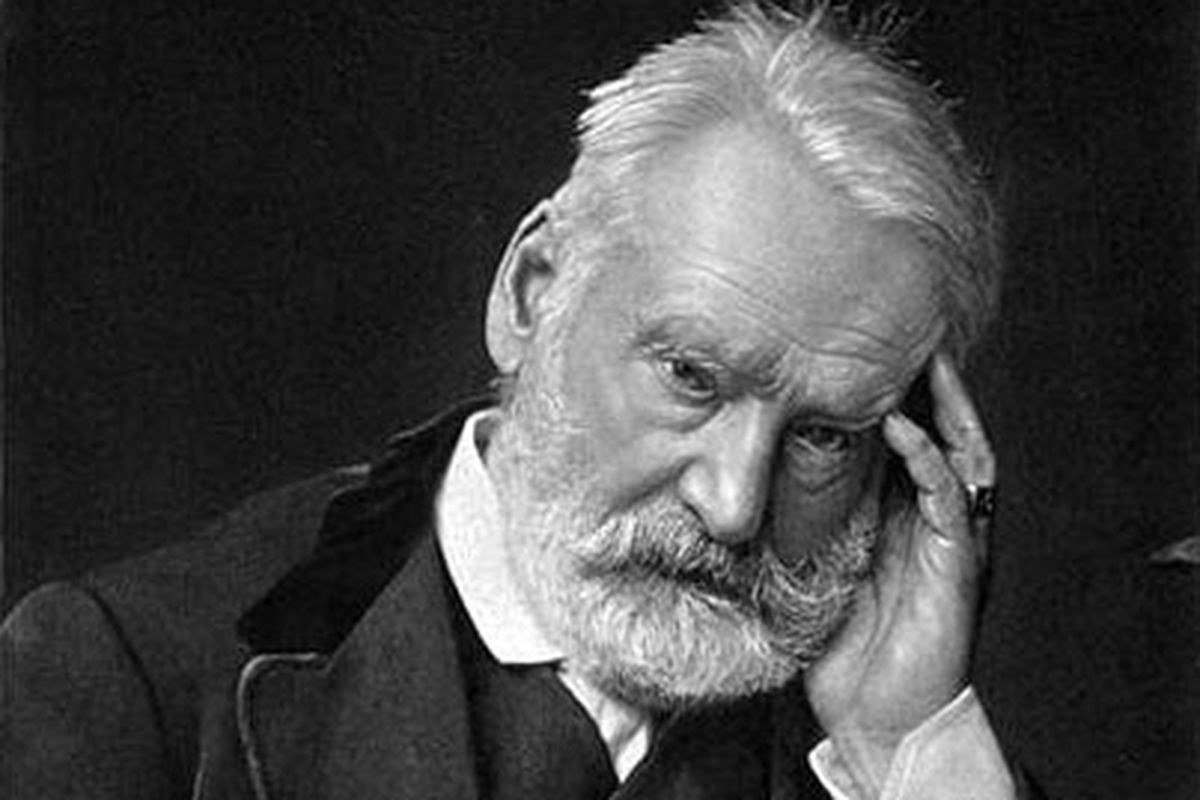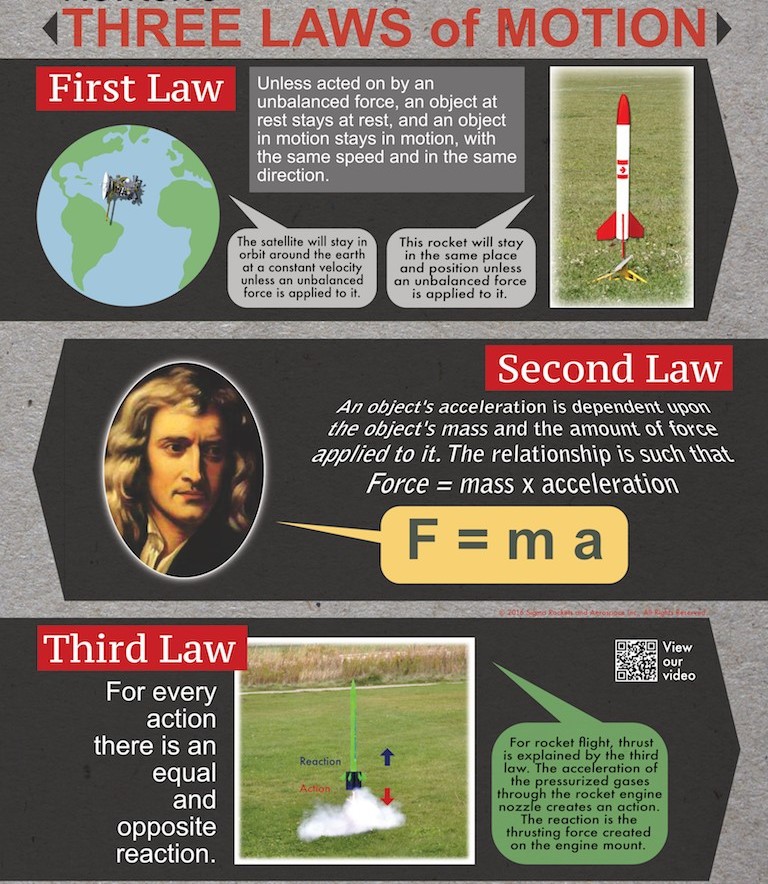Why do we put things off when we know we want to do them?
6 methods for learning to overcome putting things off.
I’ve been meaning to write this for ages but I just kept putting it off. Most of us put things off, but it seems we do it for very good reasons.
Are there ways to overcome procrastination?
The simple answer is yes, but actually doing it is always turns out to be harder than you anticipate. There’s always a coffee to get, emails to check, tidying up, checking social media….
Pure willpower is not the answer, obviously, unless you can make it a habit.
Part of the problem is that we often favor immediate, or short-term, gratification over longer-term achievement. We live in what researchers call a “Delayed Return Environment”. Most of the decisions we want to make will only benefit us in the future, not in the present, and we want to benefit NOW! So we do the small tasks and give ourselves the illusion that we’re, getting things done.
Understandably, our brains have evolved to seek immediate gratification, be it food or sex or survival, yet we have also developed the ability to plan our future selves and our future outcomes. Therein lies the dilemma.
Our brains haven’t changed much in the last 200,000 years. However, in the last 500 hundred years or so we have shifted our focus to a Delayed Return Environment. Making plans for our future selves.
The problem is that we still value immediate gratification. That’s why we put off what we actually want to accomplish in the future, over things that give us an immediate reward.
This inconsistency of time between our future self and our present self is the source of the problem. Too often it’s our present selves that win the moment.
We often act against our better judgment, by doing one thing when you know you should be doing something else. Aristotle called this Akrasia.
There was a very famous experiment carried out by Walter Mischel at Stanford University in the 1960’s and 70’s called “The marshmallow experiment”.
In these tests’ children were offered one small marshmallow now or, if they waited for a short period of 15 minutes without eating the marshmallow, they would be given two marshmallows. The tester would leave the room during that period. Only one-third of children were able to defer gratification for the larger reward later. What they also found was that children who were prepared to wait, to delay gratification, tended to have better life outcomes, as measured by SAT scores and various other measures.
I think that, like most of us, we tend to replace the major task with minor tasks that give us the impression that we are “doing things” or are busy. The pain or stress subsides with action, but the guilt increases. Honestly though, thinking about it is more stressful than actually doing it until future consequences become a present consequence. Taking action does solve the anxiety problem.
Famously, Victor Hugo had promised to to deliver a new book to his publisher, but instead of writing, he spent his time entertaining friends, going out and delaying his work. So, with less than 6 months to go, he came up with a plan to force himself to get on with it. He locked away all his clothes, he wore only a shawl around the house, so that he had no clothes to go out. As a result, he worked consistently and completed “The Hunchback of Notre Dame” on time.
This is known as a Commitment Device (or a Ulysses Pact). A choice you make in the present which controls future actions. For me, this would be waking up in the morning and putting my running gear on. With my running gear on, I know I will go for a run. If I don’t put it on it will be much harder to persuade myself that I should go for a run.
So, what can we do about it?
Method 1. Temptation Bundling.
Bundle together behavior that is good for you in the long-term with behavior that feels good in the short-term. Make the rewards of taking action more immediate by link a habit you want to acquire with the one you enjoy doing. i.e. bring an easy reward (present gratification) closer to a more difficult reward (future gratification).
Link together “like to do” with “need to do”.
Method 2. The 15 Minute routine & Paper Clip Strategy.
The “paper Clip Strategy”, from the salesman, Trent Dyrsmid (bright ideas), would have two jars of paperclips on his table. One filled with paper clips the other empty. With each call he made in the day he would move the clip from one jar to the next.
Small visual and physical cues can help to give a sense of achievement and reward.
By contrast, Anthony Trollope, who was incredibly productive. He wrote in 15-minute intervals for 3 hours per day. Small, measured steps of progress help to maintain momentum. Celebrate each “chunk” of achievement.
Method 3. The Ivy Lee Method.
Create a To-Do list of only six items. Arrange them in order of importance. Start in the morning with the top priority on the list and do not progress to the second until you have completed the first and so on. The next day any items not completed from the day before going to your new list and the same principle applies. Don’t start any new task until you have finished the previous one.
Method 4. The Seinfeld Strategy.
Seinfeld actually denies that he uses this method, but it’s a good system.
The idea is to get a year planner and set a task that you must do every day. As you complete the task (in Seinfeld’s case, writing comedy) put a big “X” on the day. After a few days, you will have created a “chain” of X’s. Don’t break the chain.
What is interesting about this method is the notion that you have to put in the hours. No matter how you feel, motivated or inspired or not, you must turn up and do the hours. This runs to the heart of the creative myth, that you must wait for inspiration to take you in order to be able to create. Not so. Just turn up and do the work. Most creatives find that inspiration comes when you start working, not when you’re not working (although if you’re thinking about a problem, your subconscious is often working quietly in the background.
Method 5. Just get started.
The secret is just to get going. To start no matter what. There are some writers who recommend just starting to write anything on a blank sheet of paper in order just to break the block of a blank sheet. It’s certainly true that nothing happens if you do nothing. Picasso suggested that he needed to start making marks, no matter what those marks were, in order to begin the process of creating an image.
Never wait for inspiration, just turn up and do the work.
Method 6. The Newton Analogy – The Laws of Motion.
Isaac Newton’s 3 Laws of Motion are the perfect analogy for beating procrastination.
The First Law of Motion states: Every object will remain at rest or in uniform motion in a straight line unless compelled to change its state by the action of an external force.
Objects at rest, remain at rest. The external force is the action you take to get started, then you will find momentum.
The second law of motion states F=ma. The velocity of an object changes when it is subjected to an external force. The vector of the sum of forces on an object is equal to the mass of that object multiplied by the acceleration vector of the object.
This indicates that how much work you put in (magnitude) and the direction (where the work is focussed). It’s not just about how hard you work, it’s also about how that work is focussed.
The Third Law of Motion states: For every action (force) in nature there is an equal and opposite reaction.
Basically, you get out what you put in.
There are two books which I would recommend for anyone who wants to be more productive and procrastinate less.
The One Thing by Gary Keller.
This book can be summarised by his phrase “what is the one thing I can do today that will move me nearer to my goal” and his concept of the big domino.
The Artists Way by Julia Cameron.
If you’ve ever felt stuck or blocked this is highly recommended. This is about the more spiritual side of building a daily, creative routine. Writing daily pages and making an artist’s date with yourself. It’s a very beautiful and rewarding book.








